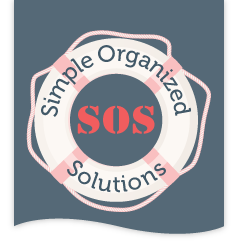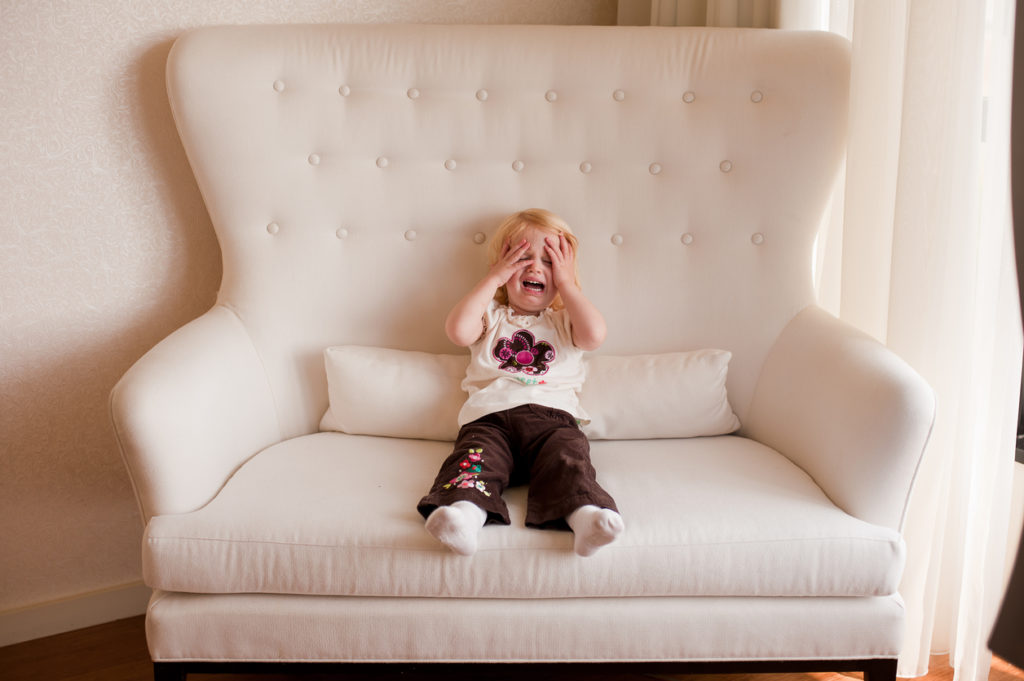 In this Ted Talk called ‘Can we eat to starve cancer?’, William Li talks about Androgenesis becoming out of balance and causing a myriad of diseases. In his talk he focuses on cancer – about cutting off the flow of blood to cancer cells through food intake as an anti-Androgenesis therapy. It’s an interesting 20-minute talk, I encourage you to check it out. It may be a stretch, but I realized that we can do the same thing with incoming clutter by making smart choices.
In this Ted Talk called ‘Can we eat to starve cancer?’, William Li talks about Androgenesis becoming out of balance and causing a myriad of diseases. In his talk he focuses on cancer – about cutting off the flow of blood to cancer cells through food intake as an anti-Androgenesis therapy. It’s an interesting 20-minute talk, I encourage you to check it out. It may be a stretch, but I realized that we can do the same thing with incoming clutter by making smart choices.
Things will inevitably come into our homes on a regular basis, or on an even flow. We need and use things every day. These things help us with activities of daily living. They can make us feel good about ourselves and the homes in which we live. How we interact with these things makes an impact on our living spaces.
These things that we use all the time can quickly pile up and become clutter before we realize it. When it turns into clutter, you may feel the effect in the form of stress. The way to avoid the feeling of stress is to be mindful of your things and make smart choices to stop clutter before it starts, or to cut off the flow of incoming clutter.
Smart Choices
Think before you buy: The acquisition of things begins in our minds. You may think that you need something for a reason. An example may be that you’ve lost weight, so now you need smaller clothes. You want to buy multiples of one or more item in different colors. Think about how much storage space you have, or if you really would wear all these different colors. This is an example of making smart choices.
Assign homes: Find a home for everything that you bring into your house. When you have a home for everything, you know where it goes and you can see how many of that thing you have so you don’t buy multiples of the same item. This concept will create boundaries for available storage. When the space is full for this, or these same items, the smart choice would be to not buy any more of these types of things.
Put it back where it belongs: After you have assigned homes to all of your things, you now know where they belong. Labels work great to help you remember where your things live. After using an item, a smart choice is to put it back where it belongs. This will keep your things from turning into clutter.


